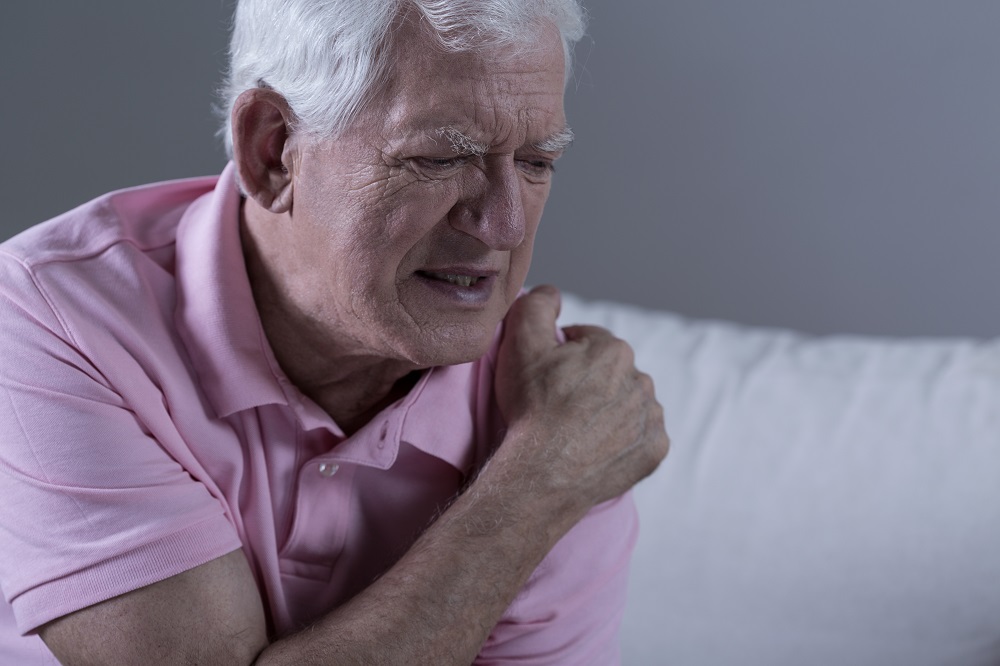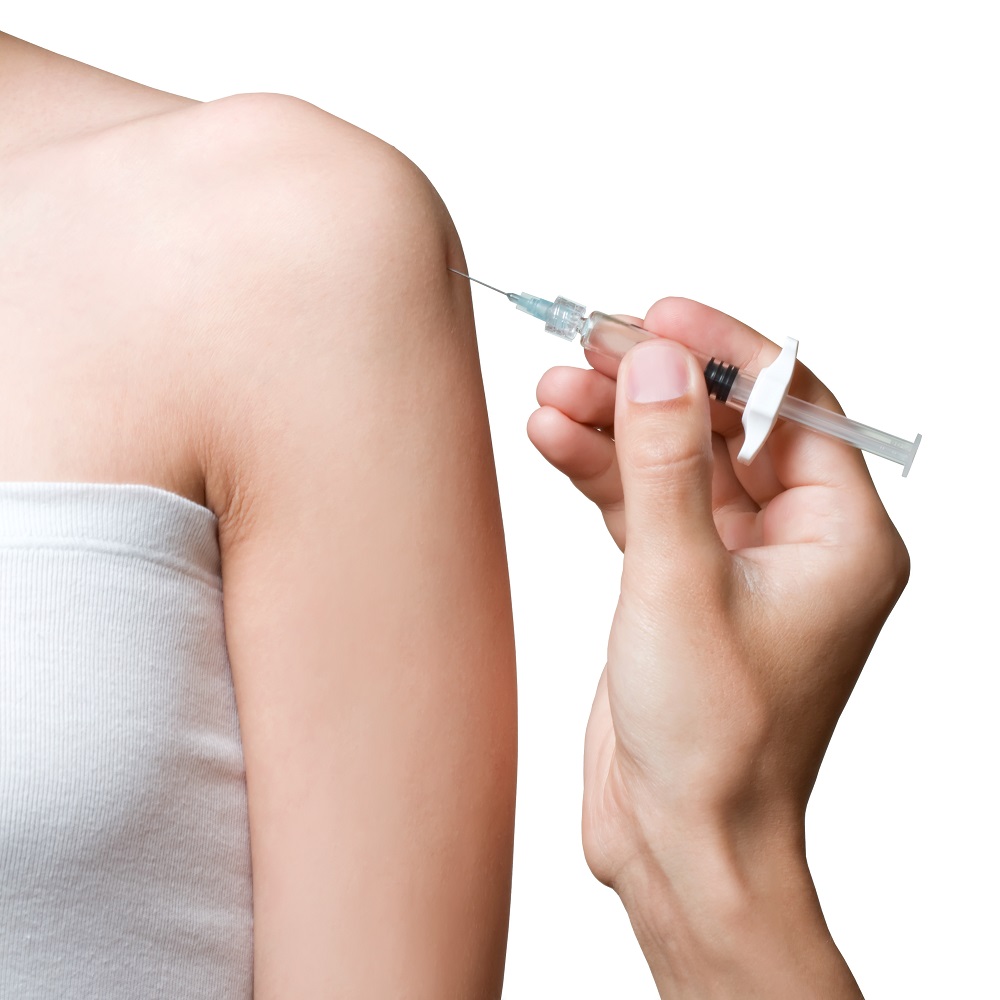The most common sign of shoulder arthrosis is pain, which gets worse by activity. The pain also progressively increases.
Different kinds of pain:
- Pain in glenohumeral shoulder joint: Patient feels pain in the back of the shoulder which might intensify with changes in the weather. The affected person suffers from an ache deep in the joint.
- Pain of arthritis in the acromioclavicular joint: This pain is focused on the top of the shoulder. At times, it may radiate or travel to the side of the neck.
- Pain due to rheumatoid arthritis: Patient might suffer from pain throughout the shoulder if both the glenohumeral and acromioclavicular joints are affected.
Limited motion is another symptom of shoulder arthrosis. The affected people might have difficulties lifting the arm, combing the hair or reaching up to a shelf. There might be a grinding, clicking, or snapping sound as they move their shoulder. As the disease progresses, any movement of the shoulder leads to pain, especially at night so that sleeping might be difficult.
The condition most often occurs in people over 50 years of age. In a younger person, it may result from an injury or trauma, e.g. a fractured or dislocated shoulder (“posttraumatic arthritis”). The arthrosis might also be hereditary.
There is no cure for shoulder arthrosis. But if the patients get treated, they can manage pain and stay active.
During the physical examination, the physician checks:
- Muscle weakness
- Tenderness if touched
- Extent of passive and active range of motion
- Any symptoms of injury to the tendons, muscles, and ligaments surrounding the joint
- Signs of injuries in the past
- Other joints that could be involved
- Grating sensation inside the joint if patient moves shoulder
- Pain that might be caused by pressure on the joint
In addition, X-rays of an arthritic shoulder shows a narrowing of the joint space, changes in the bone, and the formation of bone spurs. The doctor might also inject a local anesthetic into the joint. If the pain disappears temporarily, the diagnosis of arthritis is supported.
Recommended nonsurgical treatment options
- Change in activities to prevent pain, e.g. moving the arm in a different way to do things
- Physical therapy exercises
- Moist heat
- Reduce inflammation and pain by:
- Nonsteroidal anti-inflammatory medications (NSAIDs), e.g. aspirin or ibuprofen
- Corticosteroid injections in the shoulder
- Icing of the shoulder for 20 to 30 minutes, two or three times a day
- Dietary supplements, e.g. glucosamine and chondroitin sulfate might also help relieve pain
- With rheumatoid arthritis: disease-modifying drug, e.g. methotrexate.
If the pain results in disability and if it’s not relieved with nonsurgical options, the doctor might consider surgery.
Surgical treatment
Patients with mild glenohumeral arthritis may be treated with arthroscopy. During arthroscopy, the surgeon cleans out the inside of the joint. Although it eases the pain, it will not eliminate the arthritis from the joint. If the condition progresses the patient might need other surgeries in the future. Advanced arthritis of the glenohumeral joint may be treated with shoulder replacement surgery: The surgeon removes the damaged parts of the shoulder and replaces it with a prosthesis.
The most common surgery to treat arthritis of the acromioclavicular joint is a resection arthroplasty. In this surgical procedure, the surgeon removes a small amount of bone from the end of the collarbone and leaves a space that gradually fills in with scar tissue. In general, these kinds of surgery are very effective in reducing pain and restoring motion. How long the patient needs to recover from the procedure depends on the type of surgery performed.
Self care
It’s important that the affected people maintain the function of the joint by special movements and avoid repetitive loading.
The following measures may help improve the condition:
- Warmth
- Swimming
- Isometric training exercise
- Relaxation techniques
Pain medication or cortisone should only be taken in acute situations. A continued use of those medicaments might result in considerable side effects. Therefore, it’s better to replace them with topical treatments, such as warmth, salve, massages or other treatments prescribed by the physician.
Preventive measures
The disease can be prevented by physical activities. Above all, stretching and warm-ups are important. Sports such as swimming or cycling are very suitable for patients with shoulder arthrosis: They require smooth, uniform movements and involve different areas of the muscles. Strain on one side of the shoulder should be avoided.
Movement, in general, stimulates the blood circulation of the cartilage and its lifetime. Strong muscles support the skeleton and help reduce the load on the bones. A healthy diet and normal weight are also important to keep the joints healthy.


